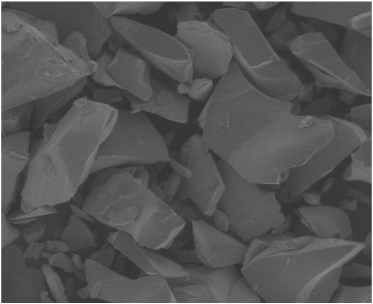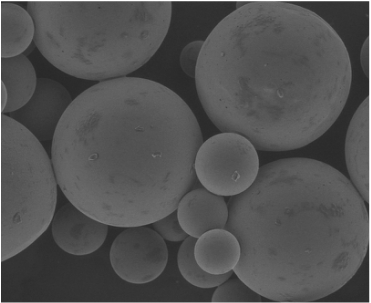Evolution of Bioactive Glass
The Evolution of Bioactive Glass
|
1969-2000
Bioactivity The improved healing from bioactive glass was initially attributed to its ability to form a bone-like mineral layer on its surface when implanted. |
2000’s
Ion Release It was later discovered that dissolution ions released from bioactive glass stimulate bone healing at the cellular level. [3] Although bioactivity plays a role in healing, the improved bone formation was now attributed to the cellular effects [4] |
|
1969-71
Groundbreaking Discovery Dr. Larry Hench and colleagues discover a novel bone graft material that bonds directly to bone. [1] |
1990's
Improved Bone Healing A key in vivo study by Oonishi shows that bioactive glass outperforms standard calcium phosphate bone graft materials. [2] |
2011-Present
Next Generation Design Synergy’s BioSphere products represent the first bone grafts specifically developed to optimize the shape and size of bioactive glass to improve bone healing. [5] |
References
1. Hench L. et al. “Bonding Mechanism at the Interface of Ceramic Prosthetic Materials.” J. Biomed. Mater. Res. Symposium. 2: 117-141 (1971).
2. Oonishi H. et. al. “Particulate Bioglass Compared with Hydroxyapatite as a Bone Graft Substitute.” Clin. Orthop. And Rel. Res. 334: 316-325 (1997).
3. Xynos I. et al. “Gene-expression Profiling Human Osteoblasts Following Treatment with the Ionic Products of Bioglass 45S5 Dissolution.“
J. Biomed. Mat. Res. 55: 151-157 (2001).
4. Hench L. "The Story of Bioglass." J. Mater. Sci.: Mater. Med. 17: 967-978 (2006).
5. Borden M. US Patents 8,506,981 and 8,871,235.
1. Hench L. et al. “Bonding Mechanism at the Interface of Ceramic Prosthetic Materials.” J. Biomed. Mater. Res. Symposium. 2: 117-141 (1971).
2. Oonishi H. et. al. “Particulate Bioglass Compared with Hydroxyapatite as a Bone Graft Substitute.” Clin. Orthop. And Rel. Res. 334: 316-325 (1997).
3. Xynos I. et al. “Gene-expression Profiling Human Osteoblasts Following Treatment with the Ionic Products of Bioglass 45S5 Dissolution.“
J. Biomed. Mat. Res. 55: 151-157 (2001).
4. Hench L. "The Story of Bioglass." J. Mater. Sci.: Mater. Med. 17: 967-978 (2006).
5. Borden M. US Patents 8,506,981 and 8,871,235.




